Types of squash go WAY beyond butternut and zucchini! Keep reading to learn how to cook some of my favorite summer and winter squash varieties.

How many different types of squash have you tried? There’s good reason to go beyond butternut and zucchini. Each variety of summer or winter squash has its own unique taste and texture, and it lends itself well to different cooking methods and dishes. Delicata squash wouldn’t be my first choice for soup, for example, but acorn squash or kabocha would be fantastic. I might not stuff a patty pan squash, but I would sauté it to make a delicious side dish.
Below, I’m breaking down 21 common types of squash and sharing my favorite ways to cook them. I hope this guide encourages you to try a variety that’s new to you, opening up fresh possibilities in your kitchen.
Types of Winter Squash

Butternut Squash
If you’ve only tried one of these types of squash before, it’s probably butternut. This popular winter squash has beige skin and firm orange flesh with a lightly sweet flavor. You can also recognize it by its long, straight neck and small seed cavity.
As types of winter squash go, butternut is incredibly versatile. The peeled and cubed squash can be roasted, sautéed, steamed, or simmered into soups and curries. You can also halve the squash and roast it cut side down. The soft roasted flesh is a delicious addition to pureed soups, sauces, and desserts. Try using this squash in one of these recipes:
- Roasted Butternut Squash
- Butternut Squash Soup
- Butternut Squash Risotto
- Creamy Butternut Squash Pasta

Acorn Squash
Acorn squash is another common winter squash variety. This tulip-shaped squash has thin, dark green skin and yellow-orange flesh that has a slightly stringy texture.
Acorn squash’s ridges make it difficult to peel, so my favorite way to prepare it is to roast it in halves or quarters with the skin on. The roasted squash is a wonderful fall or winter side dish, or it can be stuffed and served as a main. Its soft flesh can also be used in pureed soups, sauces, and dips.
These recipes offer a great introduction to working with acorn squash:

Delicata Squash
Of all the types of winter squash, delicata is my favorite. You can recognize it by its small size, its oblong shape, and its distinctive cream-colored skin with green stripes. I love working with this squash because its thin skin is edible, meaning that you don’t have to peel it. Plus, when cooked, its dark yellow flesh is incredibly sweet and creamy. It has the nickname “sweet potato squash” for a reason!
I most often roast this squash, though you can also sauté it and steam it. Try it in these recipes:
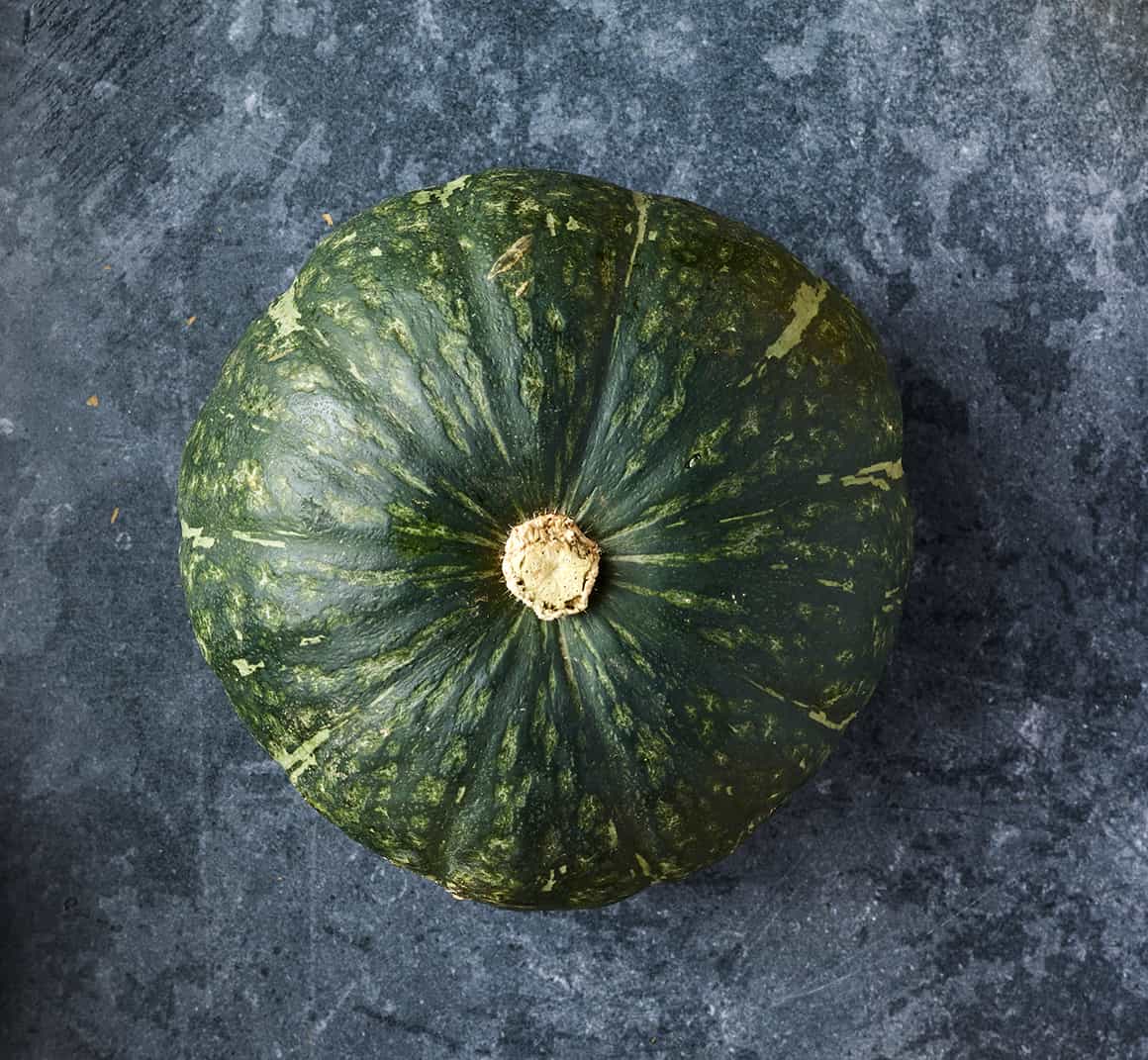
Kabocha Squash
Also known as Japanese pumpkin, kabocha squash is commonly used in Asian cuisines such as Japanese and Thai. Though you’re most likely to find it at farmers markets and conventional grocery stores in the fall and winter, many Asian markets in the US carry it year-round.
This squash has a squat shape and smooth skin with subtle ridges. A dark green kabocha is pictured here, but this type of squash may also have pale green or orange skin. Its flesh is dark orange, with a starchier, chalkier texture and nuttier flavor than butternut or acorn. Like delicata, kabocha squash’s thin skin is edible.
This squash is great for roasting, steaming, and adding to curries and soups. I love to use it in these recipes:

Honeynut Squash
This super-cute winter squash variety has the shape of a mini butternut with dark orange/green skin. A cross between a butternut and a buttercup squash (more on this variety below!), it has sweet and creamy dark orange flesh.
A good rule of thumb for honeynut squash is that you can prepare it as you would butternut. Peel and cube it before cooking, or slice it in half and roast it cut side down before adding the flesh to sauces or soups. It would work nicely in any of these recipes:
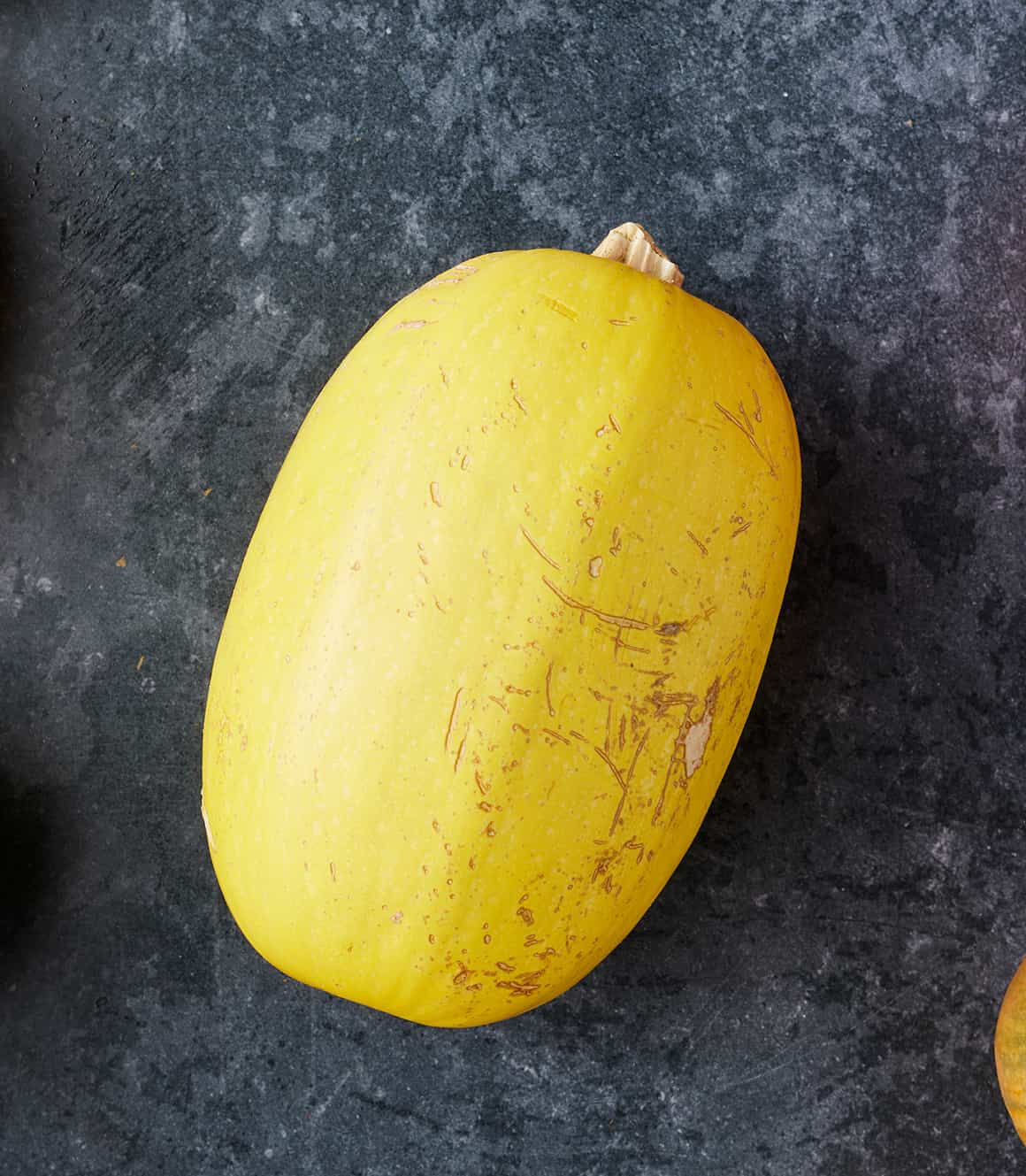
Spaghetti Squash
Known for its stringy flesh, spaghetti squash is a type of squash unlike any other. Weighing up to 5 pounds, spaghetti squash is ovular and ranges in color from cream to bright yellow. When roasted, its lightly sweet flesh divides into thin strands that mimic pasta.
Try my go-to method for how to cook spaghetti squash. Then, serve it as a side dish dressed with olive oil and sea salt, or top it with pesto, marinara, or your favorite pasta sauce to make it a meal. It’s also delicious in these spaghetti squash recipes:
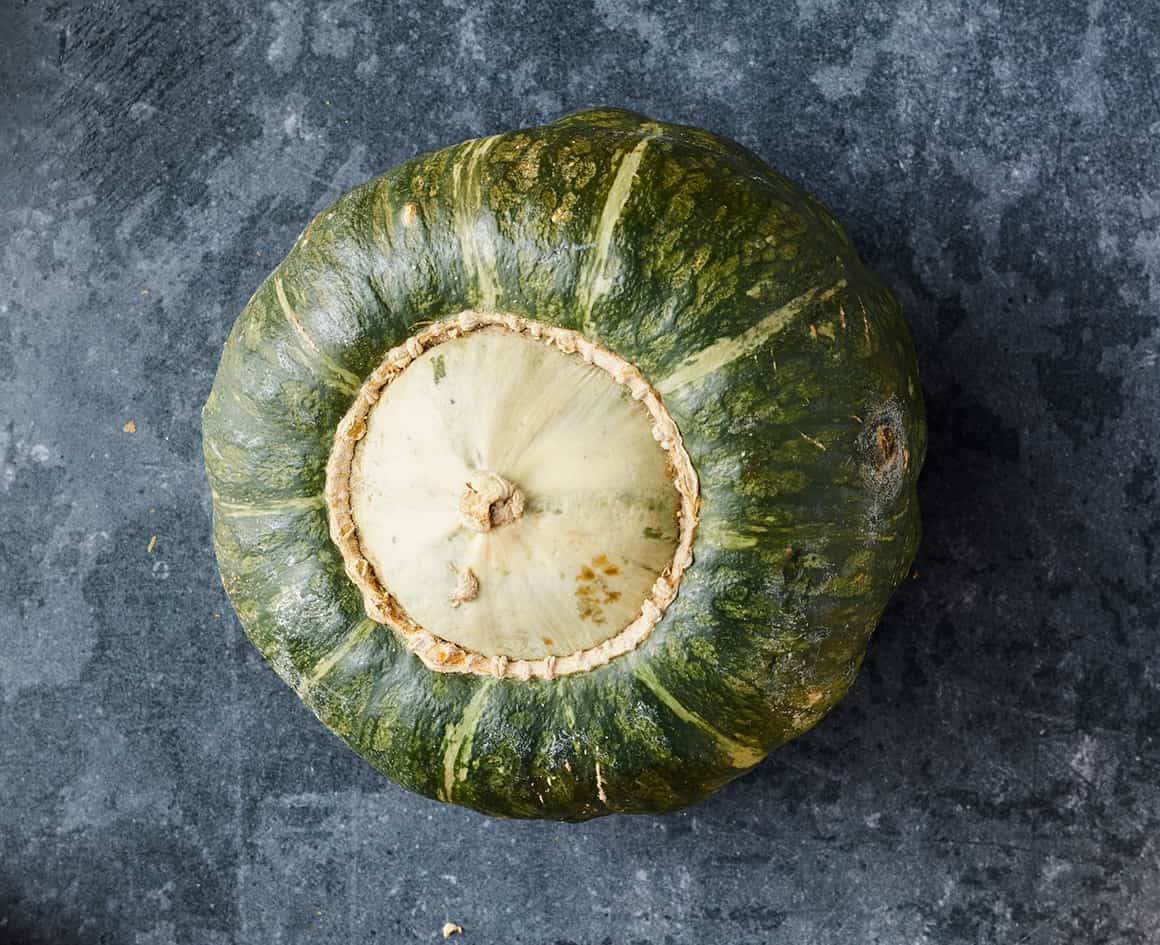
Buttercup Squash
If you ask me, buttercup squash is an underrated winter squash variety. It has amazingly sweet and creamy bright orange flesh, which yields incredible soups, sauces, and desserts. It looks similar to kabocha squash from the outside, but it has a pale green circle on the bottom, almost as if there’s a smaller pale squash inside a larger, darker one. If you see one at the market this season, make sure to try it!
With its distinctive shape, this squash can be difficult to peel, so I recommend roasting halves cut side down with the skin on. Scoop the soft flesh out of the skin, and use it in any of these recipes:

Carnival Squash
Carnival squash is an acorn squash variety with thick, colorful skin. I find that its flesh tends to be sweeter and slightly creamier than that of a typical acorn.
Because of its ridged shape, this type of squash is difficult to peel. I like to slice it into halves or quarters and roast it with the skin on to serve as a side dish or stuff. You can also puree the soft, cooked flesh into sauces or soups. Carnival squash works nicely in these recipes:

Turban Squash
Turban squash has vivid orange, green, and cream coloring. Similar to buttercup, it looks like two squashes in one, with a wide base and smaller cap on top. Its skin is tough and thick, so I don’t recommend peeling it. Instead, prepare this squash as you would buttercup, or enjoy it as a festive fall decoration instead of cooking with it. It has a mild flavor compared to other types of squash, so it wouldn’t be my first choice for using in sweet or savory dishes.

Types of Summer Squash
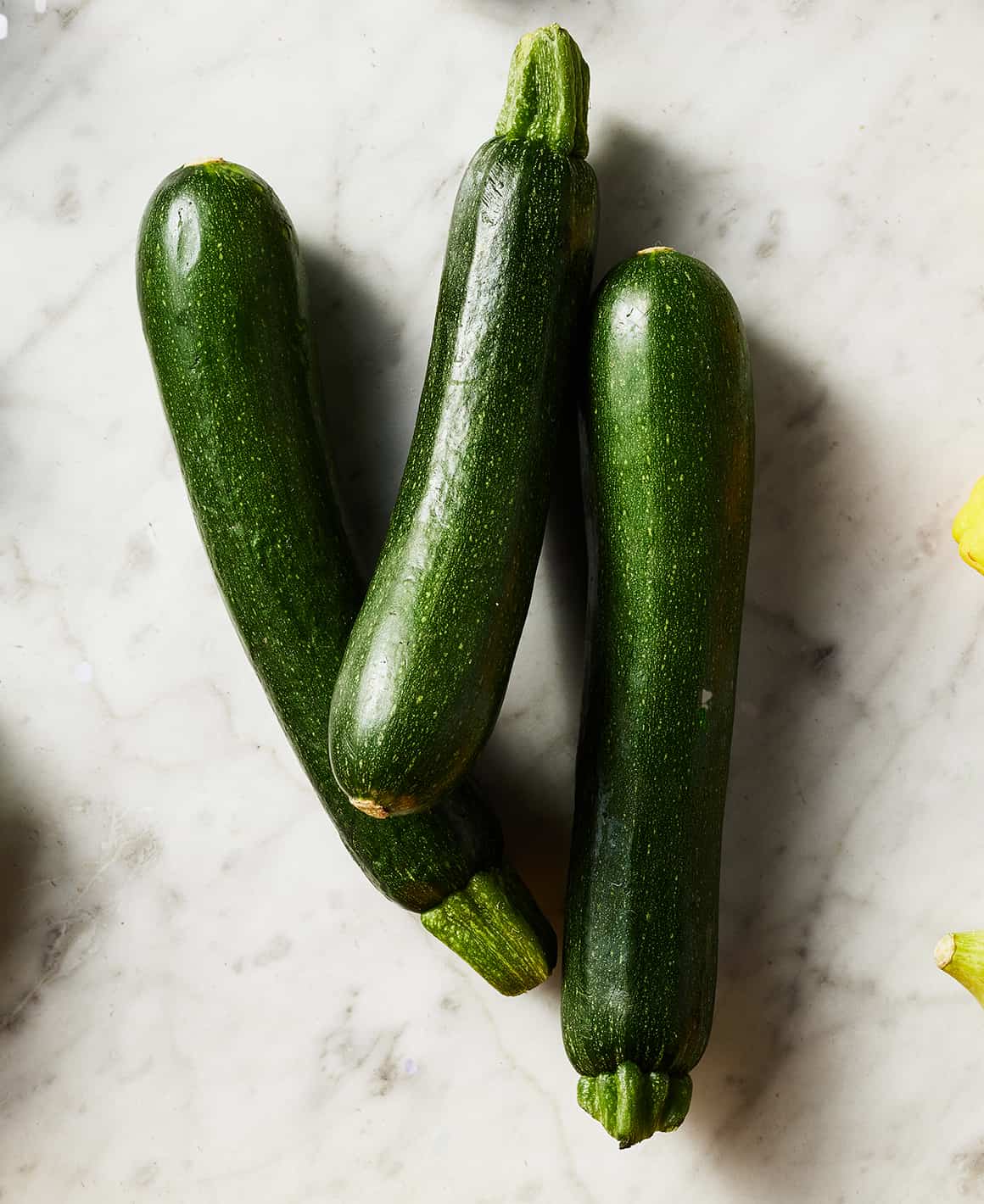
Zucchini
If you’re familiar with any of the types of summer squash in this post, you definitely know zucchini. This popular veggie has dark green, thin skin and dense white flesh with a mildly sweet flavor. It’s a versatile vegetable to keep in your kitchen. You can sauté it, grill it, roast it, add it to baking recipes, or even eat it raw.
Some of my favorite zucchini recipes include grilled zucchini, roasted zucchini, stuffed zucchini boats, zucchini noodles, and zucchini fritters. And I’ll never turn down a slice of chocolate zucchini bread!

Yellow Squash
Straightneck yellow squash is the most common variety of summer squash you’ll find at grocery stores and farmers markets. It has very delicate, pale yellow skin and a sweeter, fruitier flavor than zucchini. I love to sauté this squash until tender and serve it as a side dish—find my favorite method in this sautéed yellow squash recipe.
You can also add raw squash to salads (check out this pesto pasta salad recipe!), simmer it in vegetable soups, julienne or spiralize it to make veggie noodles, or add it to grilled vegetable skewers. Additionally, it’s a great substitute for zucchini in baked goods like zucchini muffins and zucchini bread.

Patty Pan Squash
I love patty pan squash because it’s just. so. CUTE! Its flesh is denser than that of zucchini or yellow squash, but it has a similar taste. Depending on the variety, its exact shape and coloring can vary. Some patty pan squashes are pale green and tulip-shaped, while others are darker and resemble a scallop-edged flying saucer. Some are the size of the palm of your hand, while others are barely bigger than a quarter.
Like other types of summer squash, patty pan is fantastic sautéed, grilled, or roasted. Check out this sautéed patty pan squash recipe to turn it into an easy side dish.

Zephyr Summer Squash
Zephyr squash, a cross between a yellow crookneck squash and a delicata squash–acorn squash hybrid, has a distinctive appearance. It’s long and slender, and while the upper half is yellow, the blossom end is generally green. But its look isn’t the only special thing about it. Johnny’s Selected Seeds, the company that first bred it, describes its flavor as “unusually delicious” and “nutty.” Prepare this unique squash as you would common yellow squash or zucchini.
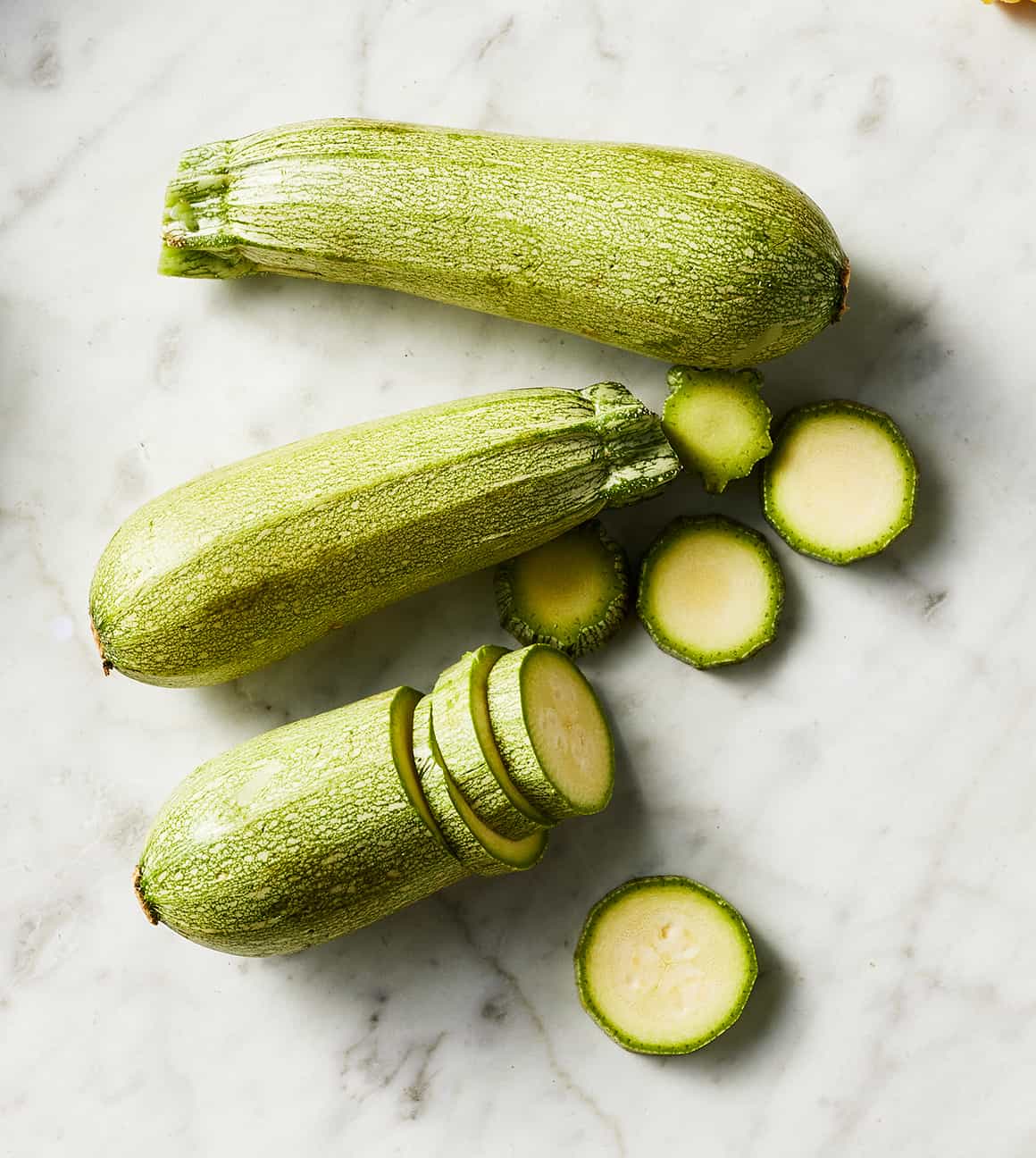
Mexicana Summer Squash
This gray-green Mexican zucchini is popular among growers for its high yields, ease of harvest, and strong disease resistance, but you’ll love it for its tender flesh and nutty flavor. Try sautéing it or tossing it on the grill!
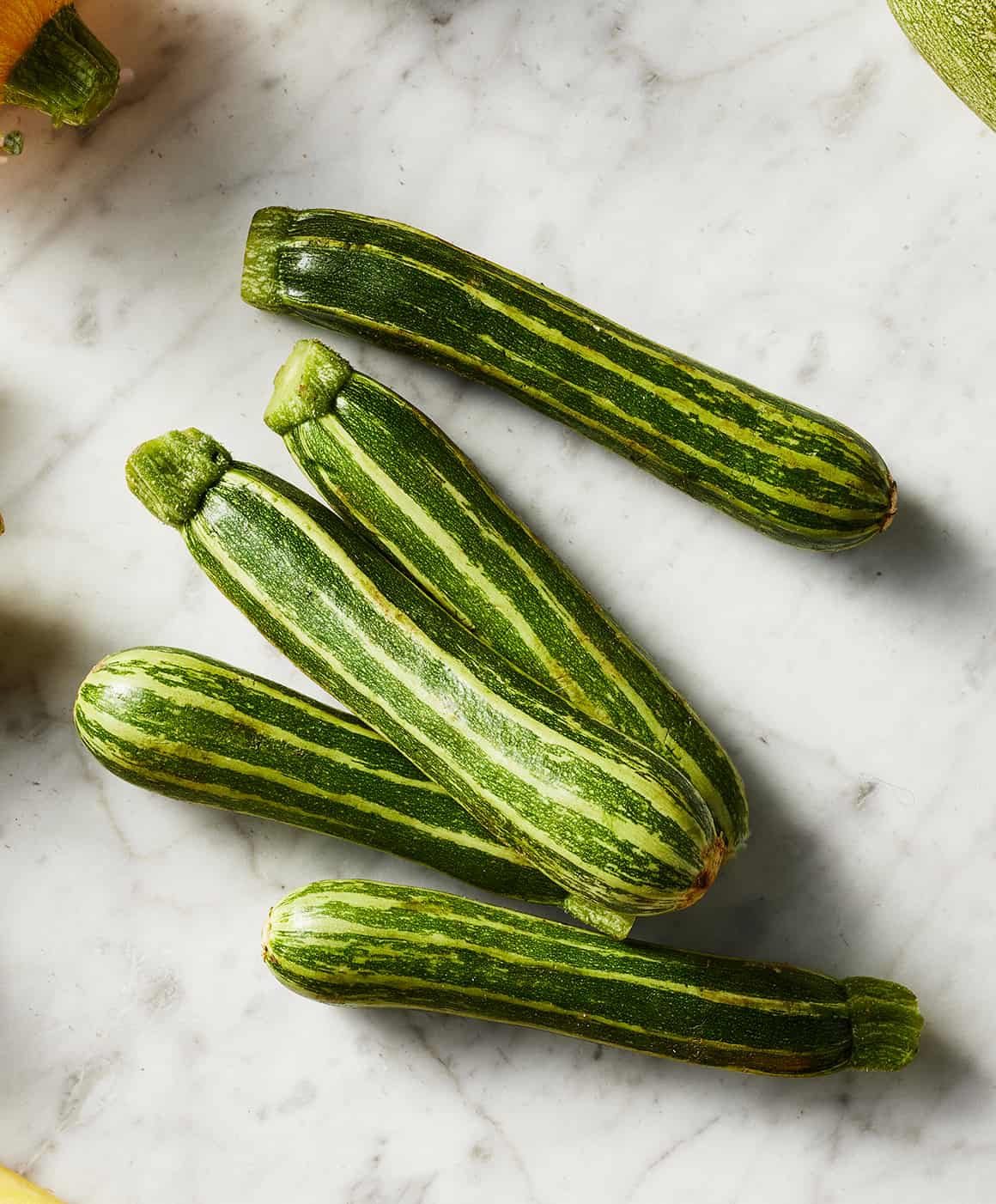
Striped Zucchini
Did you know that not all zucchini look the same? They’re not pictured here, but golden zucchini are often available at farmers markets. You can identify them by their dark yellow skin and firm flesh.
Less common are striped zucchini, which include the Dario and Safari varieties (pictured above). With their white or light green stripes, these patterned squash are a treat to look at. Use them as you would regular green zucchini.

Round Zucchini and Squash
These summer squash varieties go by many names. There’s yellow One Ball squash, green Eight Ball, and pale, striped Ronde de Nice. All of them are types of round zucchini or summer squash. Their shape makes them perfect for stuffing, but you can also grill, roast, or sauté them as you would regular zucchini.

More Types of Squash to Know
I’ve highlighted some of my favorite types of squash above, but there are still others that you might find at your market or store. Look out for…
Hubbard Squash
Hubbard squash may be the largest of the types of squash on this list. It typically weighs 12 to 15 pounds, and sometimes more! This winter squash variety has a round center and pointed tips, with bumpy flesh that may be blue-green, dark green, or orange. Because of its large size, it’s an excellent decorative squash, though its orange, somewhat grainy flesh is also well-suited to soups and purees.
Red Kuri Squash
Red kuri squash, also called Hokkaido squash, is a baby Hubbard squash variety. It has lightly sweet, nutty, and smooth orange flesh with a vibrant orange skin. Prepare it as you would kabocha squash, or try it in this kuri squash soup!
Yellow Crookneck Squash
You can recognize crookneck squash by its characteristic curved neck and bright yellow, bumpy skin. It has larger seeds than straightneck squash, but its firm flesh and rich, buttery flavor make it delicious nonetheless. Try it sautéed!
Chayote Squash
Many of the types of summer squash in this post look similar…not chayote squash! This pale green variety is pear-shaped, and it has crisp, firm flesh not unlike that of a cucumber, though it’s also great cooked. Native to central Mexico, it shines in salads and sautés.
Costata Romanesco
This ridged, striped zucchini is an Italian heirloom variety. It has a nutty flavor and is excellent raw or cooked. Thinly sliced, it would be delicious in a simple zucchini salad.
Cousa Squash
Hailing from the Middle East, pale green cousa squash has a sweeter flavor than regular zucchini. The small summer squash are short, squat, and gently tapered from stem to blossom end. Left to grow larger, they become ovular, similar in shape to spaghetti squash. The small squash are perfect for stuffing, but you can also roast or sauté them like zucchini.
Selection and Storage
Winter Squash
- How to choose: Look for squash that are heavy for their size and free of any soft spots, which can be signs of rot.
- How to store: They will keep in a cool, dry place for anywhere from 2 weeks to 3 months.
Summer Squash
- How to choose: Choose small to medium squash that are heavy for their size and free of any soft spots or wrinkles.
- How to store: Store them wrapped in paper or plastic in the crisper drawer of your fridge for up to a week.
What are your favorite types of squash? Let me know in the comments!








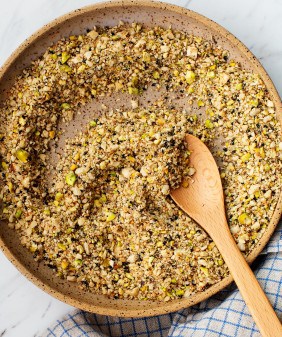


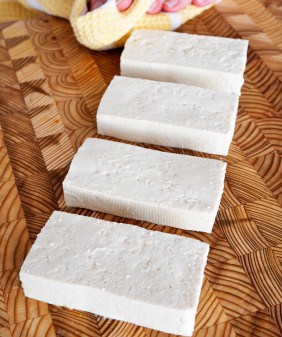


Thank you so much for your Butternut Squash recipes! I collected too much of them in my house and finally needed to cook ) So, I followed two of your recipes, which were delicious (!), and I decided to write you a big thank you! It is my fav squash because you can eat it even raw!
And also, zucchini is my love! Originally, I am from middle Asia – Kazakhstan, so the type you call in the Article Zephyr Summer Squash, we have as “usual boring zucchini” 🙂 Now I live in the Netherlands, and here you can find them seldom, mostly only in Turkish shops. Which is really sad story, the variety of veggies could be better in NL 🙁
Squashes are great & thank you for your recipes – I will check more of them. I liked your site!
This is so interesting! I live in Belgium and Hokkaido squash (here called Hokkaido pumpkins) are everywhere this time of year. Pumpkin isn’t as popular of an ingredient here as in the US, so it’s not sold canned and “pie pumpkins” aren’t really a thing … so instead I spend a lot of October and November roasting, peeling, and mashing Hokkaido pumpkins into an acceptable substitute! ?
Butternut and spaghetti squash are the only other varieties of winter squash we really get in supermarkets. Cool to see the others!
I Love Kabocha Kürbis, ich bin süchtig nach ihm!
Viele Grüße,
Jesse-Gabriel
In the UK, the type I like the most apart from spaghetti squash is onion squash, which is orange and less sweet than some varieties. It has a more savoury, slightly oniony flavour, hence the name.
thanks for your article
great guide, thank you
wonderful guide, thank you, also a nice checklist for the store or even better farmer’s market this weekend for freshest squash, thank you!
The picture labeled Mexicana is really Cousa. I am Syrian and have been eating Cousa over 50 years.